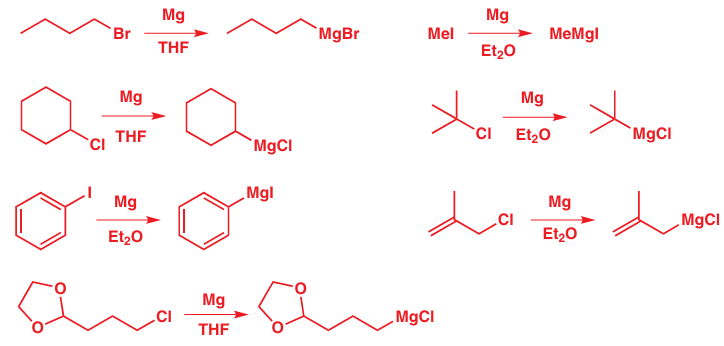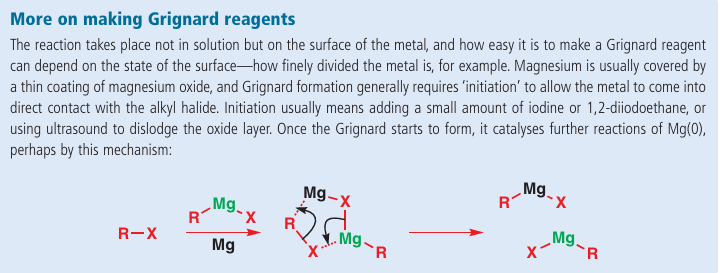

علم الكيمياء

تاريخ الكيمياء والعلماء المشاهير

التحاضير والتجارب الكيميائية

المخاطر والوقاية في الكيمياء

اخرى

مقالات متنوعة في علم الكيمياء

كيمياء عامة


الكيمياء التحليلية

مواضيع عامة في الكيمياء التحليلية

التحليل النوعي والكمي

التحليل الآلي (الطيفي)

طرق الفصل والتنقية


الكيمياء الحياتية

مواضيع عامة في الكيمياء الحياتية

الكاربوهيدرات

الاحماض الامينية والبروتينات

الانزيمات

الدهون

الاحماض النووية

الفيتامينات والمرافقات الانزيمية

الهرمونات


الكيمياء العضوية

مواضيع عامة في الكيمياء العضوية

الهايدروكاربونات

المركبات الوسطية وميكانيكيات التفاعلات العضوية

التشخيص العضوي

تجارب وتفاعلات في الكيمياء العضوية


الكيمياء الفيزيائية

مواضيع عامة في الكيمياء الفيزيائية

الكيمياء الحرارية

حركية التفاعلات الكيميائية

الكيمياء الكهربائية


الكيمياء اللاعضوية

مواضيع عامة في الكيمياء اللاعضوية

الجدول الدوري وخواص العناصر

نظريات التآصر الكيميائي

كيمياء العناصر الانتقالية ومركباتها المعقدة


مواضيع اخرى في الكيمياء

كيمياء النانو

الكيمياء السريرية

الكيمياء الطبية والدوائية

كيمياء الاغذية والنواتج الطبيعية

الكيمياء الجنائية


الكيمياء الصناعية

البترو كيمياويات

الكيمياء الخضراء

كيمياء البيئة

كيمياء البوليمرات

مواضيع عامة في الكيمياء الصناعية

الكيمياء الاشعاعية والنووية
Making organometallics, How to make Grignard reagents
المؤلف:
Jonathan Clayden , Nick Greeves , Stuart Warren
المصدر:
ORGANIC CHEMISTRY
الجزء والصفحة:
ص184-185
2025-05-07
35
Grignard reagents are made by reacting magnesium turnings with alkyl halides in ether solvents to form solutions of alkyl magnesium halide. Iodides, bromides, and chlorides can be used, as can both aryl and alkyl halides. Our examples include methyl, primary, secondary, and tertiary alkyl halides, aryl and allyl halides. They cannot contain any functional groups that would react with the Grignard reagent once it is formed. The final example has an acetal functional group as an example of one that does not react with the Grignard reagent. (See Chapter 23 for further discussion.)

The solvents in these examples are all ethers, either diethyl ether Et2O or THF. Other solvents that are sometimes used include the diethers dioxane and dimethoxymethane (DME).
common ether solvents

The reaction scheme is easy enough to draw, but what is the mechanism? Overall, it involves an insertion of magnesium into the carbon–halogen bond. There is also a change in oxidation state of the magnesium, from Mg (0) to Mg (II). The reaction is therefore known as an oxidative insertion or oxidative addition, and is a general process for many metals such as Mg, Li (which we meet shortly), Cu, and Zn. Mg (II) is much more stable than Mg (0) and this drives the reaction. The mechanism of the reaction is not completely understood, and probably involves radical intermediates. But what is sure is that by the end of the reaction the magnesium has surrendered its lone pair of electrons and gained two σ bonds. The true product is a complex between the Grignard reagent and, probably, two molecules of the ether solvent, as Mg (II) prefers a tetrahedral structure.
